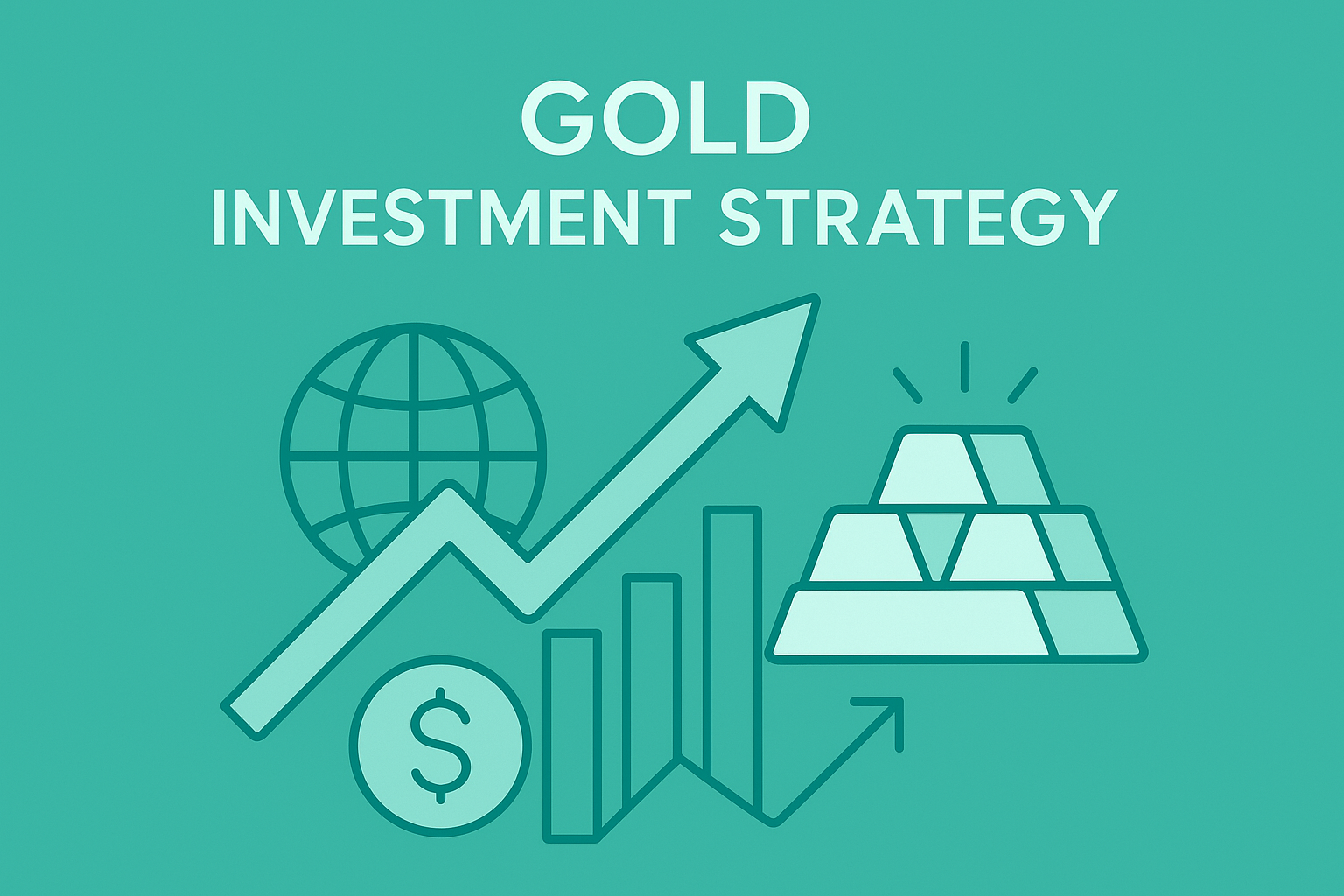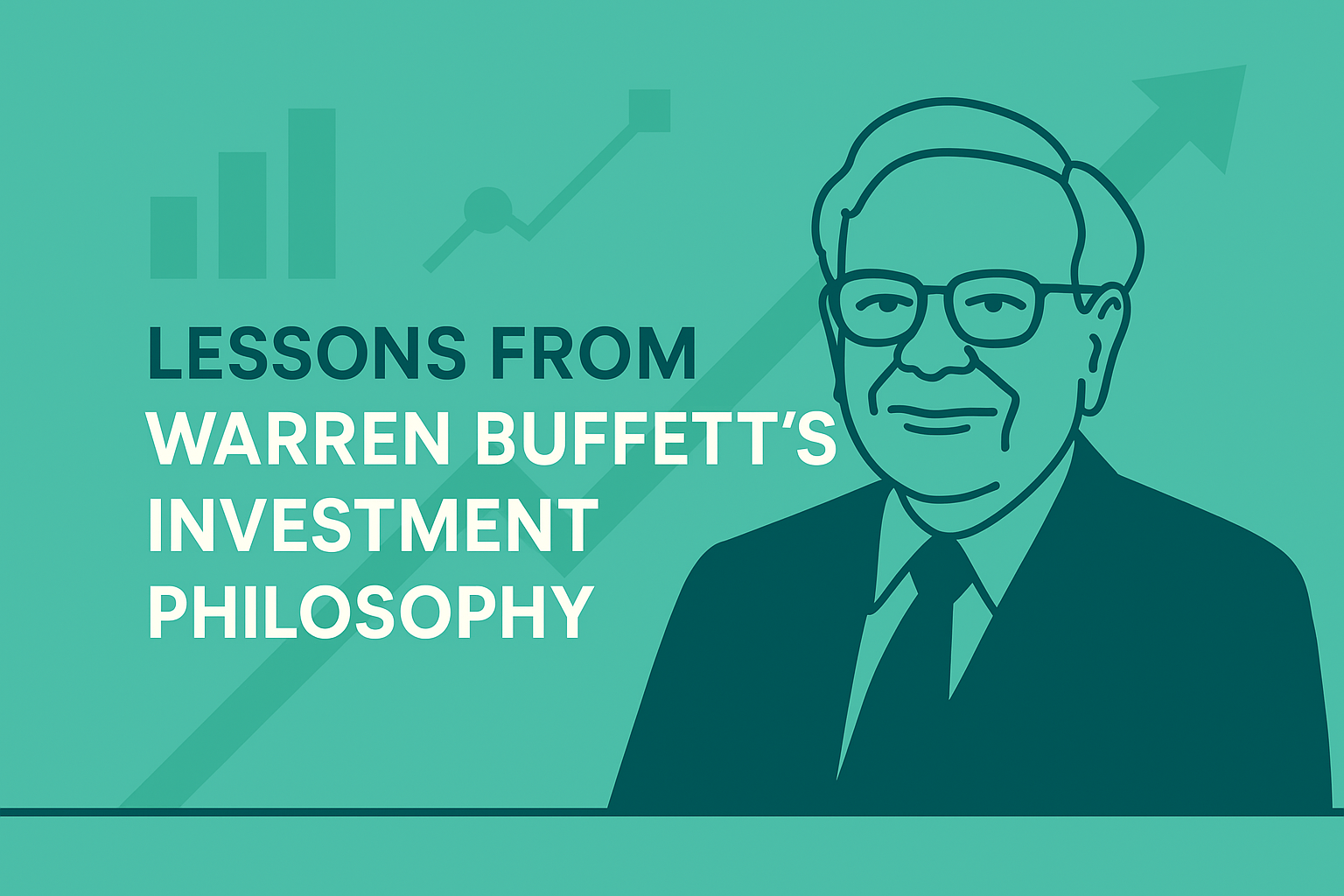Date: August 10, 2025
1. Market Overview
As of August 2025, international gold prices are trading near record highs (around $3,530 per ounce in NY futures). This rally is driven by a combination of factors:
- U.S. 39% tariff on Swiss gold imports: Switzerland, the world’s largest gold refiner, faces the near-total suspension of exports to the U.S.
- Rising geopolitical tensions: Escalating U.S.–China frictions, Russia sanctions, and an expanding tariff war.
- U.S. economic slowdown concerns: Safe-haven demand increases as recession risks grow.
- Central bank gold purchases: Many central banks are raising gold’s share of reserves to diversify away from the U.S. dollar.
2. Fundamental Analysis
Supply Side
- Switzerland handles roughly 60–70% of the world’s gold refining and serves as a major route for gold entering the U.S. market.
- If tariffs persist, the U.S. will pivot to sourcing from Australia, Canada, and Hong Kong, but higher transport and refining costs are inevitable.
Demand Side
- Investment demand is surging, with inflows into SPDR Gold Shares (GLD) up +8% in the past three weeks.
- Central bank buying in H1 2025 is up 15% YoY.
- Jewelry demand in India and China has slightly slowed, but investment demand more than offsets the drop.
Macro Environment
- The U.S. Fed faces pressure to cut rates, with expectations of a 0.50–0.75% reduction by year-end 2025.
- The U.S. Dollar Index (DXY) is softening, providing a tailwind for gold prices.
3. Scenario-Based Price Outlook (2025–2026)
| Scenario | Conditions | Expected Price Range (per oz) | Probability | Notes |
|---|---|---|---|---|
| A: Quick Resolution | Tariffs eased by September | $3,300–$3,500 | 35% | Spike followed by correction; risk premium remains. |
| B: Prolonged Tariffs | Tariffs continue through year-end | $3,500–$3,900 | 45% | Supply constraints and ETF inflows sustain high prices. |
| C: Escalation | Tariffs expand to other nations | $3,900–$4,200 | 20% | Safe-haven demand accelerates; sustained bull trend. |
4. Investment Strategy
Short Term (1–3 months)
- Tactical long positions in COMEX gold futures or GLD ETF.
- Entry target: $3,480–$3,500
Take-profit: around $3,600
Stop-loss: below $3,440 - Use options strategies (buying calls, selling puts) to benefit from heightened volatility driven by tariff-related headlines.
Medium Term (3–12 months)
- If tariffs persist and rate cuts occur, increase physical holdings.
- Gold mining stocks (Barrick Gold, Newmont, Agnico Eagle) tend to outperform spot gold during upswings due to operational leverage.
Long Term (1+ years)
- Structural drivers such as central bank buying and U.S. fiscal deficits support gold as a hedge against inflation and currency debasement.
- Allocate 10–15% of total assets to gold-related investments (physical, ETFs, miners) for portfolio stability.
5. Key Risks
- Rapid U.S.–Swiss tariff resolution causing a price pullback.
- Unexpected U.S. dollar rally (e.g., Fed resumes rate hikes).
- Prolonged weakness in jewelry demand from China and India.
- Sudden easing of geopolitical tensions reducing safe-haven demand.
6. Conclusion
The current gold market is underpinned by a dual bullish driver—supply shock and safe-haven demand. The base-case scenario sees prices testing the $3,700–$3,900 range into year-end.
For short-term traders, a combination of buying dips and news-driven swing trades is recommended. For medium- to long-term investors, maintaining a core allocation in physical gold or ETFs provides a stable hedge in a volatile macro environment.


